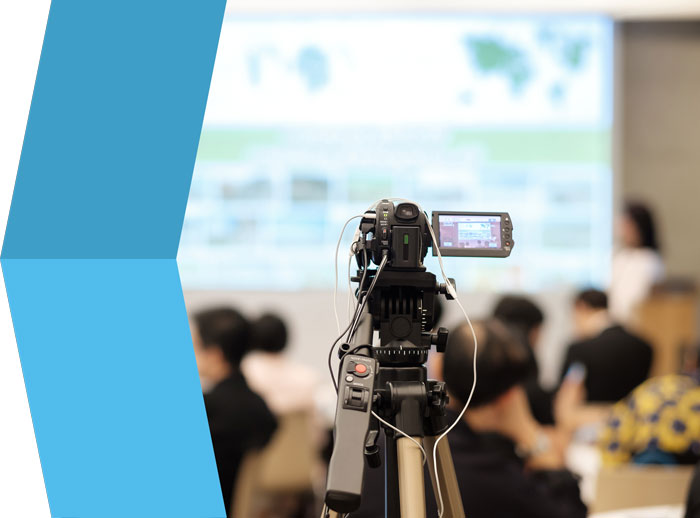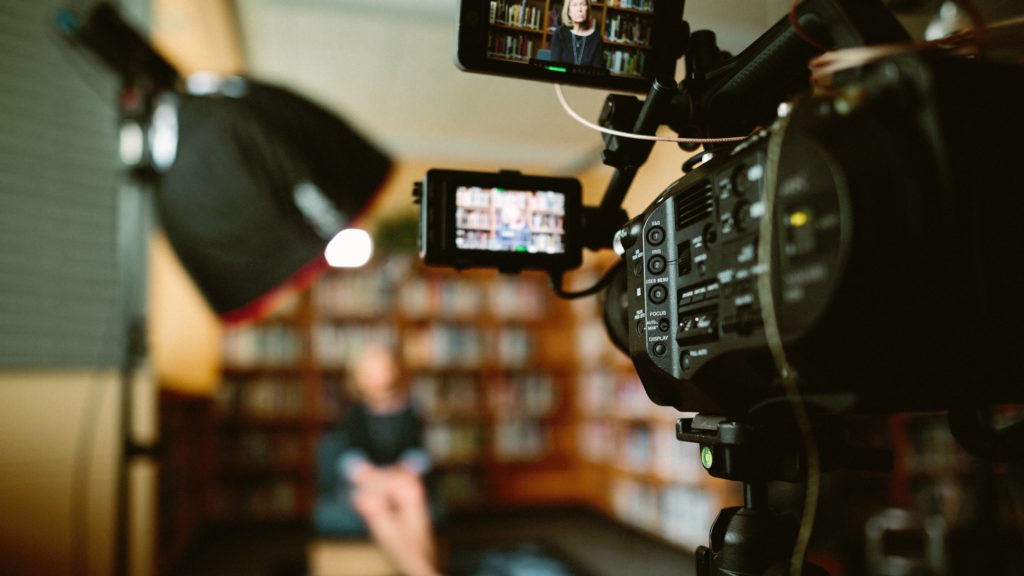Diving Into the Devices of Lawful Videography: Introduction Its Operation in Safeguarding Genuine Aesthetic Testament for Judicial Proceedings
In the realm of judicial procedures, the role of lawful videography stands as a cornerstone in preserving and presenting visual proof. As technology continues to advancement, the systems behind legal videography have actually come to be progressively intricate, using an important layer of authenticity to statements captured on video clip.
Historical Evolution of Lawful Videography
Analyzing the historic progression of lawful videography exposes a substantial change in the recording and presentation of aesthetic evidence within the legal landscape. In the past, lawful process heavily relied upon created photos and records to record occasions and provide proof. However, with the introduction of video clip modern technology, the legal market witnessed a paradigm shift in just how visual testament was recorded and presented.
The evolution of legal videography can be traced back to the late 20th century when improvements in video clip recording devices made it a lot more obtainable for usage in courtrooms. This technical innovation not just boosted the precision and reliability of visual proof yet additionally reinvented the way cases were presented to judges and juries (Legal Videography). Attorneys began to recognize the influential power of video clip recordings in communicating emotions, nuances, and non-verbal signs that composed transcripts or pictures alone might not catch efficiently

Technology Improvements in Video Documentation
What key technological advancements have changed video clip documents in the lawful field? The legal area has actually seen substantial improvements in video clip documentation modern technology that have enhanced the credibility and reliability of aesthetic evidence in judicial process. Among the essential advancements is high-definition (HD) video clip recording abilities, which offer crystal-clear images and sharp details that are important for precisely capturing testaments, faces, and various other visual cues. In addition, the combination of timestamping and metadata features in video documents devices has made it possible for precise documentation of when and where the video clip was tape-recorded, ensuring the honesty of the proof provided in court.
Additionally, improvements in video clip encryption and watermarking innovations have actually reinforced the safety and security and tamper-proof nature of video clip evidence, securing it versus unauthorized changes or meddling. The advent of cloud storage options and remote access abilities has structured the storage space, access, and sharing of video evidence, helping with smooth cooperation amongst legal experts and making sure reliable accessibility to critical visual statements when needed. These technological improvements in video clip documents have actually unquestionably reinvented the lawful area, improving the accuracy, integrity, and admissibility of aesthetic proof in judicial procedures.
Duty of Lawful Videographers in Court Room Settings
The advancement of video clip paperwork technology in the legal field has actually demanded a critical duty for lawful videographers in courtroom setups, making sure the integrity and reliability of visual testaments provided during judicial process. Lawful videographers play an essential role in recording and protecting exact visual evidence that can be essential in lawsuit. Their responsibility expands to establishing devices, recording procedures, and producing top quality videos that properly reflect the occasions in the courtroom.
In court room setups, legal videographers have to abide by rigorous guidelines and standards to keep the authenticity of the aesthetic document. They have to have a keen eye for detail and a thorough understanding of lawful procedures to make certain that the footage they record is a true representation of the occasions that transpired. In addition, legal videographers commonly function carefully with legal groups to make sure that the video you can try this out proof straightens with the situation's demands and can be effectively provided in court to support the legal disagreements being made. In general, the function of lawful videographers in court settings is vital in upholding the principles of justice and making sure the openness of legal process.

Ensuring Admissibility and Honesty of Video Evidence
To keep the reliability of aesthetic proof offered in legal procedures, making sure the admissibility and integrity of video clip evidence is an essential responsibility for legal videographers. Admissibility describes the approval of evidence by the court, and for video evidence to be permissible, it has to fulfill specific requirements. Lawful videographers play a crucial role in ensuring that the videos they capture abide by the regulations of evidence, such as significance, credibility, and integrity.
Honesty of video clip proof entails preserving the creativity and accuracy of the video from the time it is recorded until it exists in court. This consists of safely keeping the video files, recording the chain of custodianship, and protecting against any kind of meddling or modifications. Legal videographers must follow strict methods to assure the integrity of the video evidence and prevent any kind of obstacles to its authenticity.
Future Trends in Legal Videography
Given the increasing dependence on modern technology in legal process, lawful videographers are poised to embrace cutting-edge innovations shaping the future of visual testament capture and discussion. One of the prominent fads coming up is the assimilation of online reality (VIRTUAL REALITY) and increased fact (AR) modern technologies right into legal videography. These modern technologies have the prospective to change just how visual evidence is provided in courtrooms, enabling judges and courts to immerse themselves in the scene of the crime or event.
Furthermore, making use of man-made knowledge (AI) algorithms for video evaluation is expected to simplify the process of reviewing and analyzing huge amounts of video clip footage. AI can assist in recognizing vital minutes, anomalies, and patterns within videos, boosting the efficiency of lawful investigations.

Conclusion
Finally, legal videography has actually played a vital function in providing authentic aesthetic evidence for judicial procedures. With technological improvements and the know-how of legal videographers, the stability and admissibility of video proof are ensured in court room settings. As legal videography remains to develop, it will certainly be necessary to copyright requirements that keep the precision and integrity of visual statement for the future of lawful proceedings.
Analyzing the historical development of lawful videography reveals a considerable makeover my explanation in the catching and discussion of visual evidence within the legal landscape.The development of video clip documentation modern technology visit this site in the legal area has actually necessitated an important role for legal videographers in court settings, making sure the stability and reliability of aesthetic testaments offered during judicial proceedings. Furthermore, legal videographers often work very closely with lawful groups to ensure that the video evidence straightens with the case's requirements and can be efficiently provided in court to support the lawful arguments being made.To maintain the integrity of aesthetic proof offered in legal proceedings, guaranteeing the admissibility and integrity of video proof is a critical duty for legal videographers. As lawful videography proceeds to progress, it will be crucial to promote criteria that preserve the accuracy and dependability of aesthetic testament for the future of legal procedures.
Comments on “Legal Videography: Changing the Means Proof is Caught and Provided”